In this article, we will take a look at the minimum, recommended, and suggested requirements for installing and maintaining Windows Server 2012. Like previous versions, Microsoft publishes the bare minimum to get the operating system installed.
However, you need to take into account additional factors that will affect the hardware requirements. According to Microsoft, here are the basic minimum requirements for installing Server 2012.
System Requirements
The following sections cover the system requirements for Windows Server 2012. If your computer does not meet the minimum requirements, you will not be able to install this product correctly.
You should note that while the information below may list minimum or suggested requirements, the actual requirements will vary based on your system configuration, installed applications, roles, and features you install on the system.
Processor
The number of processor cores, processor cache, and clock frequency of the CPU(s) will affect the actual requirements of the processor. From a realistic implementation of Windows Server 2012, it is not recommended to configure your server with the minimum requirements.
You should start with the recommended requirement and take note of the applications, roles, features, and other services that will be running on the server. You may need to add multiple cores and/or increase the clock cycles. Microsoft recommends the following specifications for Server 2012:
| Requirement | Processor |
|---|---|
| Minimum | 1.4 GHz 64-bit or faster single-core |
| Minimum | 1.3 GHz 64-bit or faster multi-core |
| Recommended | 3.1 GHz 64-bit or faster multi-core |
Memory (RAM)
The server heavily depends on its RAM. RAM (Random-access memory) is very important for a server to process data. The processors use memory to temporarily store information while the processors are busy processing instructions. The server’s RAM is also used to store data fetched from secondary storage (hard drives).
While 32-bit systems were limited on the amount of memory that can be accessed by the server, 64-bit systems can take advantage of much more memory space. However, this does not mean that the more memory a server has, the better it will perform. How much memory your server requires depends on the applications, services, roles, and features that are running on the server. Here is a list of minimum and recommended memory requirements.
| Requirement | Memory |
|---|---|
| Minimum | 512 MB of RAM to boot for installation |
| Minimum | 2 GB of RAM for installed system |
| Recommended | 8 GB of RAM or more |
While Microsoft claims that 512 MB of RAM is needed to start the installation process of Windows, it is highly recommended that you start with a few GB of RAM.
Storage
The amount of storage your server will need will depend on the data that you plan on storing locally on the server. Microsoft has published that the installation of the server operating system will require a minimum of 32 GB of RAM. However, keep in mind that the amount of memory will increase the storage requirements because of the pagefile.
Even the minimum requirement of 60 GB seems too little when considering that your server may have 16 GB of RAM. This will require approximately 24 GB of pagefile storage. Realistically, you need over 100 GB for the system partition to have enough space to grow, especially when you start to apply updates and service packs. Storage is relatively inexpensive so do not corner yourself by not configuring enough space on the system partition.
| Requirement | Storage |
|---|---|
| Minimum | 32 GB for Installation |
| Minimum | 60 GB for installed system |
| Recommended | 160 GB or more |
Other Requirements
Of course, your server will also need to have other components such as a DVD drive, Network Adapter, Super VGA (800 x 600) or higher-resolution monitor, keyboard, mouse, and network connectivity.
В данной статье рассмотрим системные требования для различных версий Windows Server.
Приобрести лицензионные ключи активации Windows Server различных версий можете в нашем каталоге по самым низким ценам 1340 ₽, а так же скачать оригинальные MSDN дистрибутивы можете с нашего сервера.
Системные требования Windows Server 2022
Процессор: x64, 1.4 ГГц или больше
Оперативная память (ОЗУ): 2 ГБ
Жесткий диск: 32 ГБ
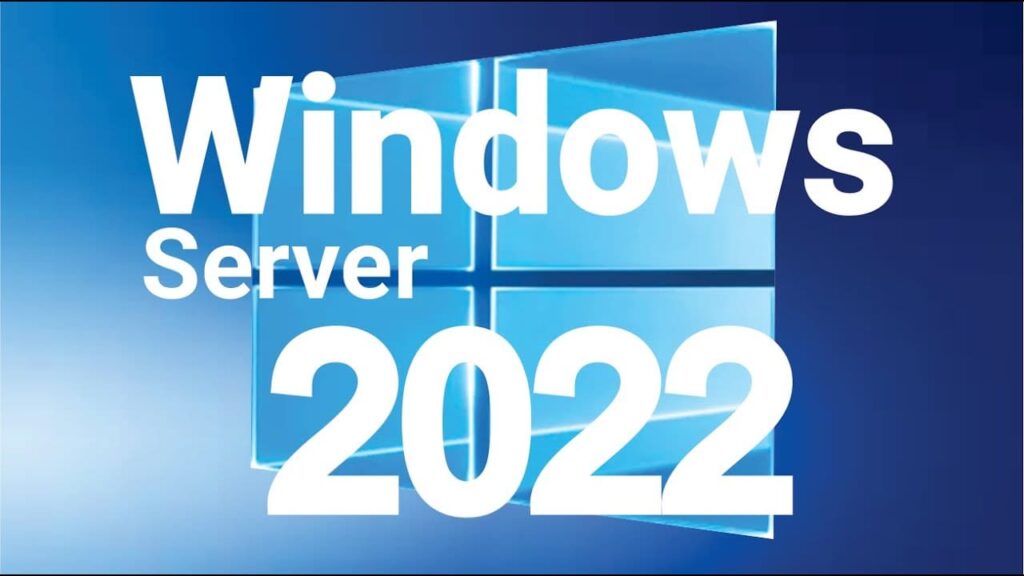
Системные требования Windows Server 2019
Процессор: x64, 1.4 ГГц или больше
Оперативная память (ОЗУ): 512 Мб (4 ГБ для установки с рабочим столом)
Жесткий диск: 64 ГБ
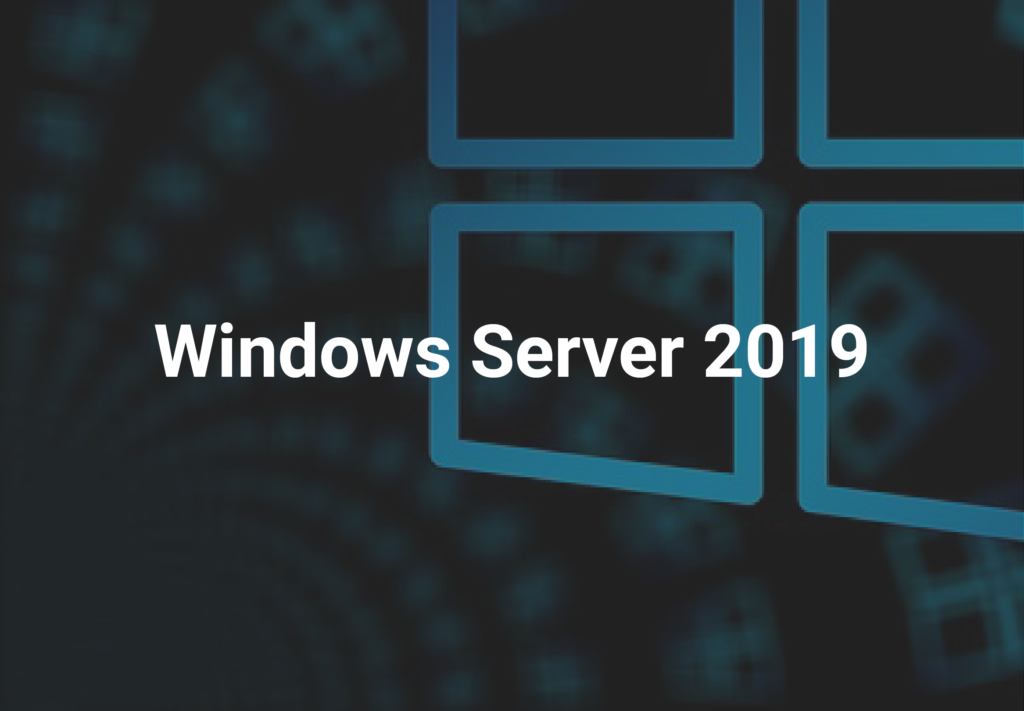
Системные требования Windows Server 2016
Процессор: x64, 1.4 ГГц или больше
Оперативная память (ОЗУ): 512 Мб (2 ГБ для установки с рабочим столом)
Жесткий диск: 32 ГБ
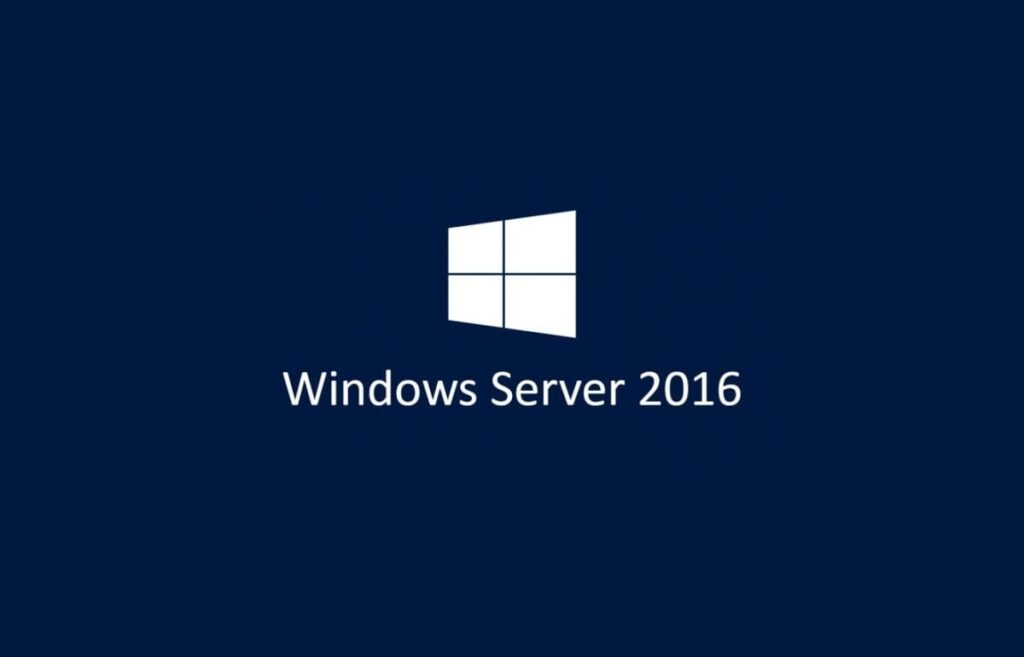
Системные требования Windows Server 2012 r2
Процессор: x64, 1.4 ГГц или больше
Оперативная память (ОЗУ): 2 ГБ
Жесткий диск: 32 ГБ
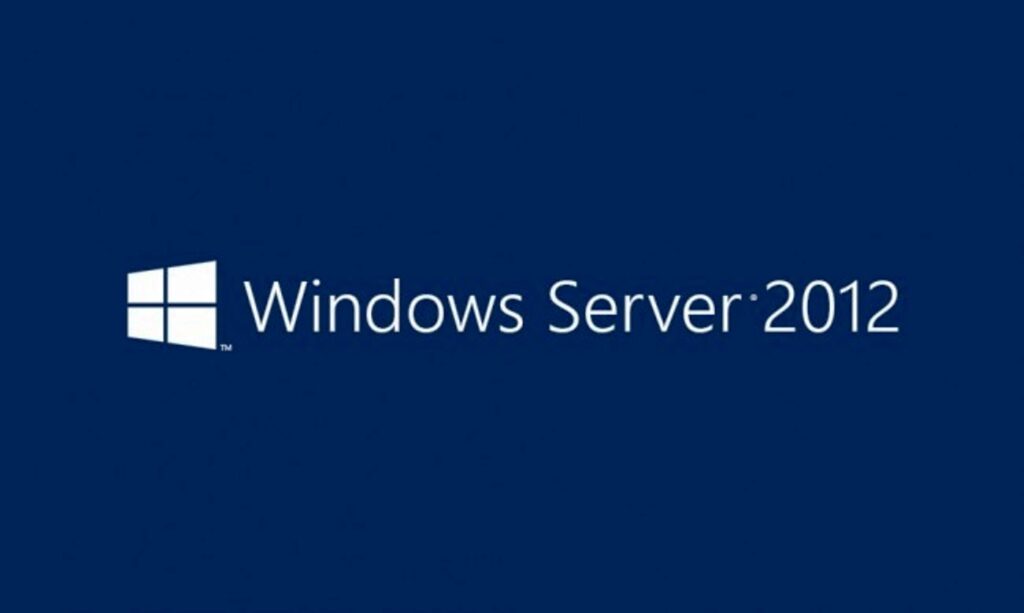
Системные требования Windows Server 2008 r2
Процессор: x32 / x64, 1 ГГц или больше
Оперативная память (ОЗУ): 512 Мб / 1 ГБ
Жесткий диск: 32 ГБ / 4 ГБ
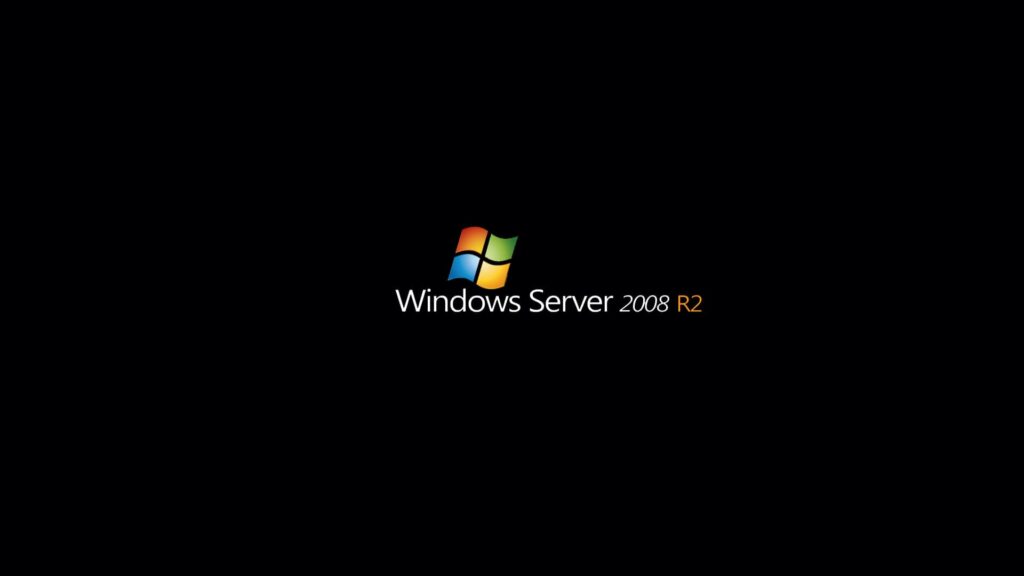
Корпорация Microsoft в конце октября выпустила свою новую операционную систему для серверов Windows Server 2012, которая имеет несколько редакций. Системные администраторы могут выбрать те преимущества решения, которые являются для них наиболее значимыми и удовлетворяют их финансовым и функциональным требованиям. Рассмотрим эти редакции Windows Server 2012 подробнее
Николай Печенкин — старший преподаватель учебного центра «Микротест» по направлению Microsoft
.
1. Редакция Windows Server 2012 Standard. Включает в себя все роли и компоненты, доступные для платформы Windows Server 2012, поддерживает до 64 процессорных разъемов, до 4 Тбайт оперативной памяти и предусматривает две лицензии для виртуальных машин.
2. Редакция Windows Server 2012 Datacenter. Включает все роли и компоненты, доступные для платформы Windows Server 2012, поддерживает до 64 процессорных разъемов, до 640 ядер процессоров и до 4 Тбайт оперативной памяти. Предусматривает неограниченное количество лицензий для запуска виртуальных машин на этом же оборудовании.
3. Редакция Windows Server 2012 Foundation. Поставляется только вместе с серверным аппаратным обеспечением, поддерживает 15 пользователей; сервер не может быть включен в домен. Поддерживает один процессор, 32 Гбайт оперативной памяти и только часть служебных ролей сервера.
4. Windows Server 2012 Essentials. Служит в качестве замены редакции Small Business Server в предыдущих версиях. Не может запускать роль Hyper-V, участвовать в формировании отказоустойчивого кластера, устанавливаться в режиме ядра server core или быть сервером служб удаленных рабочих столов remote desktop services. Поддерживает подключение до 25 пользователей и 50 устройств, два процессора и 64 Гбайт оперативной памяти. Сервер с этой редакцией должен быть основным (root) сервером в домене.
5. Microsoft Hyper-V Server 2012. Автономная редакция Hyper-V для виртуальных машин без пользовательского интерфейса. Не требует лицензии для хостовой операционной системы, виртуальные машины при этом лицензируются как обычно. Поддерживает 64 процессорных разъема и 4 Tбайт оперативной памяти. Может подключаться к домену. Не поддерживает другие роли Windows Server 2012.
6. Windows Storage Server 2012 Workgroup. Поставляется только вместе с аппаратным обеспечением. Система хранения начального уровня. Поддерживает до 50 пользователей, один процессор и 32 Гбайт оперативной памяти. Возможно подключение к домену.
7. Windows Storage Server 2012 Standard. Поддерживает 64 процессора, но лицензируется с шагом в два. Поддерживает 4 Tбайт оперативной памяти. Включает две лицензии на виртуальные машины. Предполагает включение в домен. Поддерживает некоторые роли, например DNS и DHCP Server, но не поддерживает: Active Directory Domain Services (AD DS), Active Directory Certificate Services (AD CS) и Active Directory Federation Services (AD FS).
8. Windows MultiPoint Server 2012 Standard. Предусматривает доступ нескольких пользователей к одному хостовому компьютеру напрямую, при этом каждый из них использует свою мышь, клавиатуру и монитор. Поддерживает один процессор, 32 Гбайт оперативной памяти и максимум 12 сессий. Поддерживает некоторые роли, например DNS и DHCP Server roles, но не поддерживает AD DS, AD CS и AD FS. Включение в домен невозможно.
9. Windows MultiPoint Server 2012 Premium. Поддерживает доступ нескольких пользователей к одному хостовому компьютеру напрямую, при этом каждый работает со своей мышью, клавиатурой и монитором. Поддерживает 2 процессора, 4 Тбайт оперативной памяти и максимум 22 сессии. Предполагается использование некоторых ролей, например DNS и DHCP Server; не поддерживаются AD DS, AD CS и AD FS. Допускается подключение к домену.
Требования к аппаратной части Windows Server 2012 зависят от количества ролей и пользователей, подключающихся к серверу. Каждая роль и каждый установленный компонент, в свою очередь, увеличивают общую нагрузку на жесткий диск, процессор, память. При установке Windows Server 2012 в виртуальной среде требования к аппаратной части не меняются, установка возможна на платформу виртуализации Hyper-V, а также на некоторые платформы сторонних разработчиков. Минимальные требования к аппаратному обеспечению представлены в таблице.

При рассмотрении вопроса об обновлении или миграции на Windows Server 2012 следует учитывать особенности, описанные ниже.
Установка через обновление
При установке методом обновления сохраняются файлы, настройки и приложения, установленные на исходном сервере. Вы выполняете обновление в случае, если хотите продолжать использовать то же самое серверное оборудование. Вы можете обновить имеющуюся версию до Windows Server 2012 только с x64 версий Windows Server 2003, Windows Server 2003 R2, Windows Server 2008 и Windows Server 2008 R2.
Установка посредством миграции
Используйте миграцию, когда вы хотите перейти от x86 версии Windows Server 2003, Windows Server 2003 R2 или Windows Server 2008. При миграции можно задействовать компонент Windows Server Migration Tools, входящий в состав Windows Server 2012 для переноса файлов и настроек с компьютеров, работающих под управлением Windows Server 2003, Windows Server 2003 R2, Windows Server 2008, Windows Server 2008 R2.
Кроме представленных выше редакций Windows Server 2012 поддерживает установку в режимеServer Core (минимальный вариант установки Windows Server 2012). При этом работа с сервером осуществляется из командной строки либо с удаленного компьютера, с помощью установленных средств администрирования. Подобный подход имеет ряд преимуществ.
-Поскольку сервер в режиме Server Core имеет меньшее количество компонентов, он требует меньшего количества обновлений, что сокращает время обслуживания сервера системными администраторами.
-Набор функций минимален, требуется меньшее количество оперативной памяти и меньше места на диске.
-Меньшее количество приложений сокращает площадь атаки на сервер.
Возможны два варианта установки Server Core. Первый — стандартный вариант установки. По умолчанию все графические инструменты администрирования находятся в состоянии «Удалены» (Removed). Управление осуществляется локально, только из командной строки, либо путем подключения с удаленной системы с помощью графических средств. Вы можете преобразовать Server Core до полной версии Windows Server 2012 с графическими инструментами администрирования только при наличии всех файлов установки.
Второй вариант — установка в режиме Server Core с инструментами управления. Этот вариант также известен как Server Core-Full Server. Данная редакция работает подобно Windows Server 2012 с графическими инструментами управления. При этом все графические компоненты уже скопированы на диск, но не установлены. Вы можете конвертировать Server Core-Full Server до Windows Server 2012 без дополнительных файлов установки.
Пробежимся по установке
Обычная установка Windows Server 2012 (если вы ее осуществляете без использования файла ответов) включает следующие шаги.
1.Подключение к источнику установки. При этом возможны варианты:
*начать установку с DVD-ROM;
*начать установку с диска USB;
*произвести загрузку по сети (PXE boot), после чего подключиться к серверу WDS и начать установку.
2.На первой странице Windows Setup Wizard необходимо выбрать:
*язык установки;
*формат времени и валюты;
*раскладку и методы ввода.
3.На второй странице мастера Windows Setup Wizard следует выбрать вариант «Установить» (Install now). Также на этой странице вы можете выбрать вариант «Восстановить» (Repair Your Computer). Эту возможность следует выбирать в том случае, если вы не можете загрузить уже установленную версию Windows Server 2012.
4.На странице выбора версии операционной системы указывается версия для установки. По умолчанию задан режим Server Core.
5.На странице лицензионного соглашения необходимо ознакомиться с ним и принять для продолжения установки.
6.На странице выбора типа установки доступны следующие варианты:
*обновление (Upgrade); выбирайте этот вариант, если требуется выполнить обновление до Windows Server 2012 с уже установленной версии Windows Server;
*Custom; выбирайте этот вариант, если нужно выполнить новую установку.
7.На странице выбора места для установки укажите диск, на который необходимо произвести установку. На данном этапе вы можете отформатировать диск, разбить его на разделы, создать диск VHD для установки операционной системы на него. После нажатия кнопки «Далее» начнется процесс копирования файлов, и компьютер будет несколько раз перезагружен. Время установки в первую очередь зависит от аппаратных характеристик компьютера.
8.На странице настроек Settings необходимо ввести пароль для локальной учетной записи администратора, после чего вы сможете выполнить регистрацию в системе для выполнения дополнительных настроек.
От ядра
Одной из новых функций Windows Server 2012 является возможность перехода от версии Core к полноценной версии с графическим интерфейсом без переустановки всей операционной системы. Для этого потребуется выполнить следующие действия:
-создать папку для монтирования образа. Для этого в командной строке выполним команду mkdir c:\mount
-смонтировать образ полной версии Windows Server 2012 — dism.exe /mount-image /ImageFile:d:\sources\install.wim /Index:4 /Mountdir:c:\mount /readonly
-импортировать графические модули, выполнив следующие команды:
*PowerShell.exe
*Import-Module ServerManagerInstall-WindowsFeature -IncludeAllSubfeature User-Interfaces-Infra -Source:c:\mount\windows\
и далее выполнить перезагрузку — Shutdown /r /t 5
После проведения этой процедуры вы получите полноценную версию Windows Server 2012 с графическими инструментами управления (см. экран).

|
| Экран. Окно Windows Server 2012 с графическими инструментами управления |
Для обратного преобразования необходимо выполнить следующие команды:
— Powershell.exe;
— Import-Module ServerManager;
— Uninstall-WindowsFeature User-Interfaces-Infra;
— Shutdown /r /t 5.
What are the system requirements for Windows Server 2012 R2?
February 19, 2018
3 min read
You may be a game developer or even a marketing agency looking for a server operating system. Picking the right one for your needs can be difficult.
If you want to use this type of operating system, the Windows Server 2012 R2 might be just what you’re looking for. Don’t know the requirements for this operating system?
We’ve got you covered. We’ll tell you all about the Windows Server 2012 R2 requirements.
Ready to see if your system can run it? Let’s get started.
See Also: Windows Dedicated Hosting
Table of Contents
1. Windows Server 2012 R2 Requirements 1.1. Other Server 2012 R2 System Requirements 2. Wrapping It Up
As with any Windows Server, Server 2012 R2 has certain requirements your hardware must meet to run it. It requires a 64-bit processor because Microsoft discontinued the 32-bit software with the release of this server.
Your processor frequency must be at least 1.4 GHz. We recommend you run it on 2.0 GHz or more for best performance.
The minimum requirement for memory is 512 MB RAM. But, we recommend you’ve 2 GB RAM or higher for it to run smooth.
When it comes to available disk space, the least amount you need to run it is 32 GB. However, we recommend that you’ve 40 GB or more of disk space available for the system to run better.
To install the Windows Server 2012 R2, you’ll need to have a DVD-Rom on your computer. You won’t need it if you’re able to connect to a network where you can access what’s included in the Server 2012 R2 DVD-ROM.
Also, to run it you’ll need to meet the display requirements. It requires at least a Super VGA 800 by 600 monitor. The server will run best with an XGA 1024 by 768 monitor.
To run the system you’ll need the usual suspects: the I/O peripherals, keyboard, mouse and a wireless or wired network interface card (NIC).
See Also: (Live Webinar) Meet ServerMania: Transform Your Server Hosting Experience
Other Server 2012 R2 System Requirements
If you’re installing the server on an Itanium-based computer, you’ll have to meet other requirements. It must have more hard disk space and an Intel Itanium 2 processor.
When the system is being run on a computer with more than 16 GB of RAM, it’ll need more disk space as well. The system needs it for dump files, paging, and hibernation.
Also, the server you run it on needs to have plenty of available disk space. Because it’ll be the domain controller in a large domain.
Before installing this system, we suggest you do a complete backup of all your configuration information for your servers. Also, you should run the Windows Memory Diagnostic Tool to make sure your RAM capabilities meet the Server 2012 R2 requirements.
Wrapping It Up
If you’re considering getting a 2012 server, remember to look into the Windows Server 2012 R2 requirements we discussed. Don’t forget about the basics. Your system should have a 64-bit 1.4 GHz processor with 512 MB RAM and 32 GB available disk space.
You can run this server on your system. Yet, remember that it will run better if you’re able to get the hardware for optimum performance.
Did you know that hybrid servers deliver the best performance for Windows Server 2012 R2? Need one? We can help!
Contact us for more information about our services.
Moiz Navsariwala, a dynamic Information Technology System Engineer currently charting new territories at ServerMania. Moiz is not just a tech whiz; he’s the driving force behind ensuring seamless IT operations and enhancing digital infrastructures.
Windows Server 2012 (codenamed Windows Server 8) is the sixth release of the Windows Server series of operating systems. It is the server counterpart of Windows 8.
Windows Server 2012 was released to manufacturing on August 1, 2012, and to the public on September 4, 2012. It is the successor to Windows Server 2008 R2 and the predecessor to Windows Server 2012 R2.
Features[]
Notable new features and improvements in Windows Server 2012 include:
- The new Metro user interface from Windows 8 (originally from Windows Phone 7)
- Ability to switch between Server GUI and Server Core interface options without reinstallation
- A redesigned Task Manager
- Improvements to Active Directory, Hyper-V and the new IIS 8
- A new licensing model, offering Windows Server 2012 in four editions:
- Foundation — Limited to 1 CPU and limited connections, AD must be forest root. Available through OEM only
- Essentials — Limited to 2 CPUs, higher limits than Foundation. Available through Retail, VL and OEM.
- Standard — Adds Hyper-V, Server Core, ADFS, and uses CALs. Available through Retail, VL and OEM.
- Datacenter — Unlimited virtualization rights. Available only though VL or OEM
System requirements[]
Microsoft indicated that Windows Server 2012 would not support 32-bit (IA-32) or Itanium (IA-64) processors,[1] as of the system requirements for the Release Candidate. The following system requirements were carried over into the final release.
Minimum system requirements for Windows Server 2012[2]
| Architecture | x64 (64-bit) |
|---|---|
| Processor | 1.4 GHz |
| Memory (RAM) | 512 MB |
| HDD free space | 32 GB (more if there is 16 GB of RAM or more) |
Upgrades from Windows Server 2008 and Windows Server 2008 R2 were supported, though upgrades from prior releases were not supported.[2]
Editions[]
Windows Server 2012 was available in only four editions. Unlike Windows Server 2008 R2, the Enterprise, Small Business Server, Web, and HPC editions were no longer offered.[3][4][5][6]
| Feature | Foundation | Essentials | Standard | Datacenter |
|---|---|---|---|---|
| Distribution | OEM only | Retail, Volume Licensing, OEM | Volume Licensing and OEM | |
| Licensing model | Per server | Per every pair of processor chips (although minimum on each server is 1 chip)[note 1] | Per every pair of processor chips (minimum chip count on each server is 2)[note 1] | |
| User limit | 15 | 25 | Unlimited, but one Client Access License per user required | |
| Virtualization rights | N/A | Either in 1 VM or 1 physical server, but not both at once (per license) | 2 VMs per license[note 1] | Unlimited (on each licensed physical server) |
| Processor chip limit | 1 | 2 | Up to 64, 1 license for every 2 | |
| DHCP role | Yes | |||
| DNS server role | Yes | |||
| Fax server role | Yes | |||
| File Services | Limited to 1 standalone DFS root | Limited to 1 standalone DFS root, automatically installed | Yes | |
| Hyper-V | No | Yes | ||
| Network Policy and Access Services | Limited to 50 RRAS connections and 10 IAS connections | Limited to 250 RRAS connections, 50 IAS connections, and 2 IAS Server Groups | Yes (no limits) | |
| Print and Document Services | Yes | |||
| Remote Desktop Services | Limited to 50 Remote Desktop Services connections | Limited to 250 Remote Desktop Services connections | Unlimited, but Client Access Licenses required | |
| UDDI Services | Yes | |||
| Web Services (Internet Information Services) | Yes | Yes (automatically installed) | Yes | |
| Windows Deploy Services | Yes | |||
| Windows Server Update Services | Yes | |||
| Active Directory Certificate Services | Certificate Authorities only | Certificate Authorities only (automatically installed) | Yes | |
| Active Directory Domain Services | Must be root of forest and domain | Yes | ||
| Active Directory Federation Services | No | Yes | ||
| Active Directory Lightweight Directory Services | Yes | |||
| Active Directory Rights Management Services | Yes | |||
| Application server role | Yes | Yes (installed automatically) | Yes | |
| Server Core mode | No | Yes | ||
| Server Manager | Yes | |||
| Windows PowerShell | Yes |
- ↑ 1.0 1.1 1.2 Each license of Windows Server 2012 Standard or Datacenter allows up to two processor chips. Each license of Windows Server 2012 Standard allows up to two virtual instances of Windows Server 2012 Standard on that physical server. If more virtual instances of Windows Server 2012 Standard are needed, each additional license of Windows Server 2012 allows up to two more virtual instances of Windows Server 2012 Standard, even though the physical server itself may have sufficient licenses for its processor chip count. Because Windows Server 2012 Datacenter has no limit on the number of virtual instances per licensed server, only enough licenses for the physical server are needed for any number of virtual instances of Windows Server 2012 Datacenter. If the number of processor chips or virtual instances is an odd number, the number of licenses required is the same as the next even number. For example, a single-processor-chip server would still require 1 license, the same as if the server were two-processor-chip and a five-processor-chip server would require 3 licenses, the same as if the server were six-processor-chip, and if 15 virtual instances of Windows Server 2012 Standard are needed on one server, 8 licenses of Windows Server 2012, which can cover up to 16 virtual instances, are needed (assuming, in this example, that the processor chip count does not exceed 16).
See also[]
- Microsoft Servers
- Windows Server
- Windows 8
- Metro design language
References[]
- ↑ Foley, Mary Jo (April 5, 2010). «Microsoft pulls the plug on future Itanium support». ZDNet. pp. 1. Retrieved January 1, 2012.
- ↑ 2.0 2.1 «Installing Windows Server 2012». Microsoft. Retrieved 10 June2012.
- ↑ Jo Foley, Mary (July 05, 2012). «Microsoft goes public with Windows Server 2012 versions, licensing». ZDNet. Retrieved July 05, 2012.
- ↑ «Windows Server 2012 Editions». Microsoft. Retrieved July 08, 2012.
- ↑ «Windows Server 2012 Licensing and Pricing FAQ». Microsoft. pp. 14. Retrieved July 05, 2012.
- ↑ «Windows Server 2012 Licensing Data Sheet». Microsoft. pp. 5. Retrieved July 05, 2012.
External links[]
- Official Windows Server 2012 at Microsoft (archived 2012-10-05)
- Evaluation Center: Windows Server 2012
- Windows Server Versions at Microsoft Docs (2022-01-26)
- Windows Server 2012 R2 and Windows Server 2012 (2016-08-31)
- Windows Server 2012 at Wikipedia
|
Microsoft Windows family |
|---|
| Versions • Components • History |
| Original |
| DOS-based |
| Windows 1.0 • Windows 2.0 • Windows 2.1 (Windows/286 • Windows/386) • Windows 3.0 • Windows 3.1 |
| Windows 9x |
| Windows 95 • Windows 98 • Windows Me |
| Windows NT |
| Early versions |
| Windows NT 3.1 • Windows NT 3.5 • Windows NT 3.51 • Windows NT 4.0 • Windows 2000 |
| Client |
| Windows XP (development) • Windows Vista (editions • development) • Windows 7 (editions • development) • Windows 8 • Windows 10 • Windows 11 |
| Windows Server |
| Server 2003 • Server 2008 (2008 R2) • HPC Server 2008 • Home Server • Small Business Server • Essential Business Server • Windows Server 2012 • Windows Server 2016 • Windows Server 2019 • Windows Server 2022 |
| Specialized |
| Windows Embedded • Windows PE • Windows Fundamentals for Legacy PCs |
| Mobile |
| Windows Mobile • Windows Phone |
| Cancelled |
| Cairo • Nashville • Neptune • Odyssey • Windows 10X |
| Related |
| Metro • Midori • OS/2 • Windows Aero • Windows Setup • Windows XP themes • Microsoft Plus! |
|
|
Wikipedia This page uses Creative Commons Licensed content from Wikipedia (view authors). |
|---|
